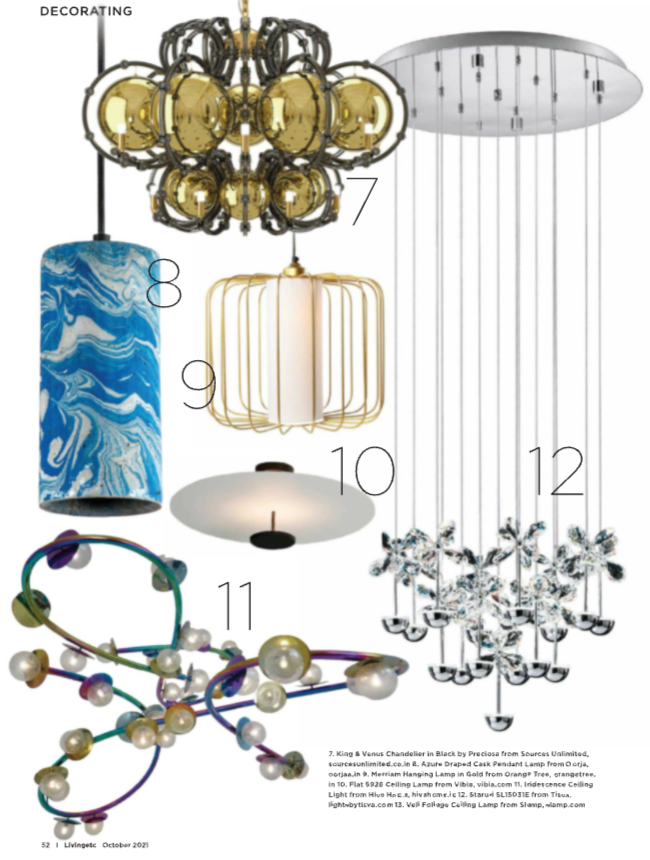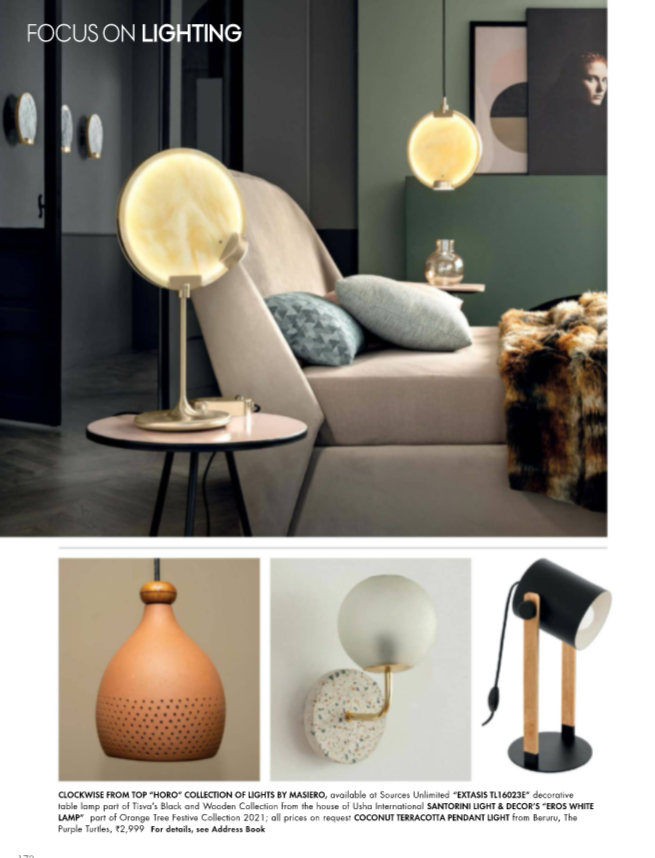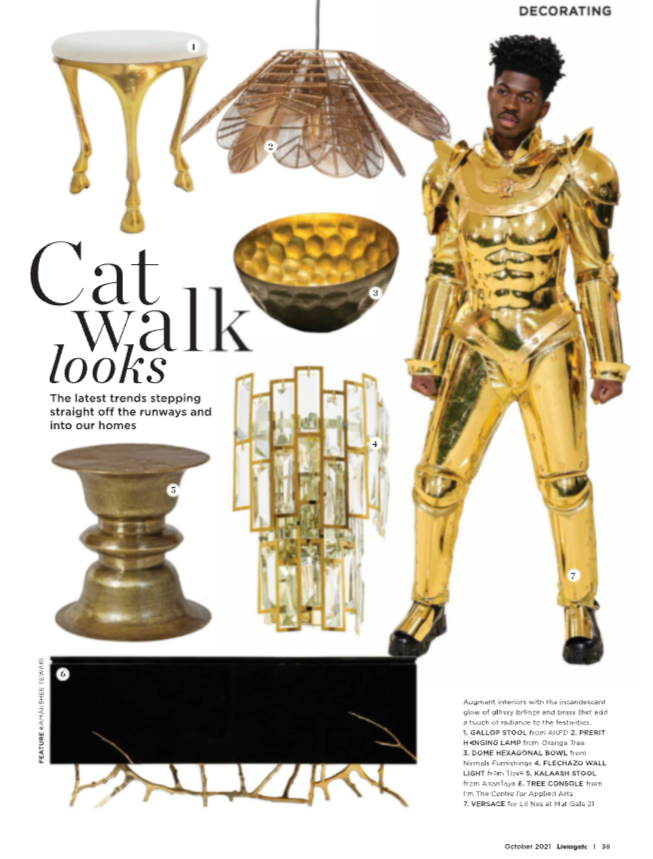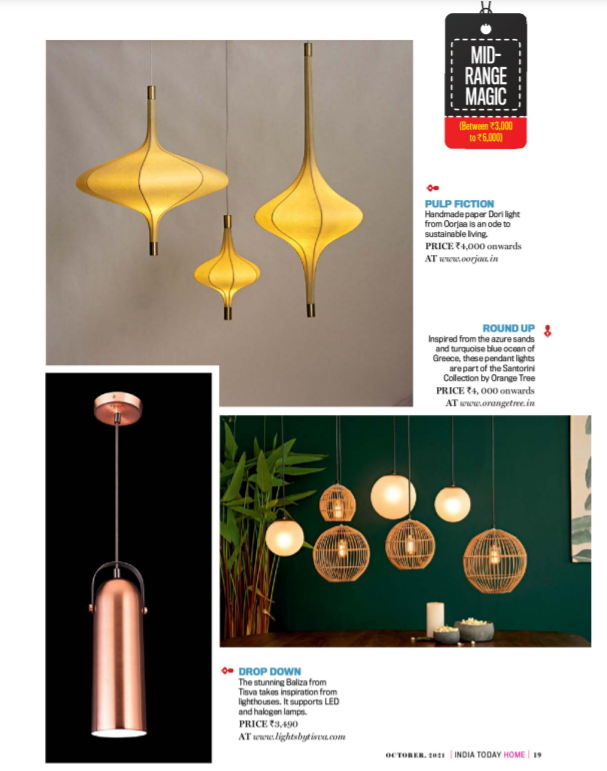‘Incandescent’ means emitting light as a result of being heated, which is how this type of lamp works. Electric current is passed through the wire, which heats up and emits light. The length and diameter of the wire determines the amount of electricity needed to heat the wire and thereby the output intensity of light.
The most common type of Incandescent lamps are ‘large lamps.’ They are called so not because of their size but because traditionally lamps that worked on standard voltage were called large. This grouping includes all types of lamps used in residential, commercial and industrial purposes.
Lamps that work on lower voltage are called Miniature Lamps. These lamps need not necessarily be small in size, though most of them are. They are generally powered by batteries or by transformers which are capable of lowering voltage output. Their most common use is in transportation (car headlights) and instruments.
The Large lamps are available in over 100 different combinations of glass, quartz, shapes and size. These variations are expressed through a two-part abbreviation system. The first part containing one to two letters describes the shape of the bulb and the second part indicates the diameter of the bulb in eighth of an inch. For example A19 lamp can be interpreted as an Arbitrary shaped lamp having a diameter of 19/8 inches (2 3/8 inches).
Lamp Bases
Most Incandescent lamps have bases at one end, via which current is conducted to the lamp from the electric supply. The base also acts as physical support for the lamp. There are a few lamps which have bases at both ends; and a few others where the bulb itself is capable of physically supporting itself like PAR lamps.
The most common base is the Medium Base. Its name describes the size of the base. Smaller lamps like bipin, candelabra, miniature etc have Small bases. And larger lamps have Large bases (i.e. Mogul screw and mogul bipost bases.)
Filaments
All incandescent lamps contain a filament in the centre of the bulb. The filament is made of tungsten, because of its high melting point. The filament can be a straight line or coiled. Coiled filament lamps are more efficient and generate more light and heat. This kind of lamps are denoted with the letter ‘C.’ Sometimes the coil itself is coiled, such lamps are denoted by CC ‘Coiled Coil.’

The design of the filament is determined by the intensity of light and life span of the lamp. If the lamp is made to give out more light (which means more heating,) it is likely to burn out sooner than lamps which give out less light. A long-life lamp of given wattage will emit less light than standard lamps of similar wattage. Increased intensity can be achieved by adding coils or increasing the diameter of the filament.
Lamp efficacy is the ratio of light produced (measured in lumens lm) to electricity consumed (measured in watts W). The life of the lamp is measured in Hours (hrs).
Light Output
Lamp Bulbs do not contain internal air, as burning tungsten interacts with oxygen in the air and quickly evaporates. The original Incandescent lamps were produced with vacuum inside the bulb, today they are filled with inert gases (some bulbs, especially the ones below 40w still use vacuum). Inert gases like Argon, nitrogen and krypton slows down bulb blackening, which is caused by condensation of evaporated tungsten particles that settle along the inner bulb wall. However inert gases do not completely stop the evaporation of the tungsten wire, as a result the wire keeps getting thinner overtime emitting less and less light. Decreasing light and blackening together bring an end to the lamp’s life span.
Light output and life span are inversely related. High-voltage results in higher wattage and light output, thereby decreasing the life span and vice-versa. Generally a given decrease in wattage results in twice the same percentage decrease in light output. Extended-Service (long life) lamps generally last 2500 hours, by reducing light output. Their lumen (light intensity) is 15% lower than standard lamps which last between 750 to 1000 hours.
Though Incandescent lamps are sold by wattage, it should not be confused as a measure of light. Wattage indicates the amount of electricity used by the bulb, whereas lumens measure the intensity of emitted light. Most energy-saving lamps simply use lower wattage, only a few use more efficient filament design, gas fill and reflector bulbs for higher luminance at lower wattage.
Miniature lamps used in instruments (optical and search devices) come with fixed pre-determined filament position.
Lamp Types
Incandescent lamps are divided into three categories on the basis of their ability to direct light. 1. Non-directional sources emit light in all directions and hence require additional components to control light distribution. 2. Semi-directional sources direct light in a certain direction. These require additional components to complete spatial distribution of light. 3. Directional Sources completely control the direction of emitted light and requires no additional components.
Non Directional Sources
These lamps emit light in all directions. The lamp-shapes that fall under this category are A, C, G, P, PS, S and T, along with decorative lamps. These lamps require external components like a shield, lens or reflector to control light distribution and brightness. To reduce glare from the exposed filament the inner surface of their bulbs are coated, this results in lower luminance and lesser glare. Frost lamps are a common example of such lamps. If the inside is double coated it gives out a soft light of uniform brightness. Such lamps are called Soft-White Lamps.
Semi- Directional Sources
White Bowls lamps are also used for indirect lighting and feature a white coat inside the bulb to reduce filament Glare. Like the Silver-Bowl lamps these too require external devices to control the direction of light.Silver-Bowl and White- Bowl lamps are two types of Semi-Directional Lamps. Silver-Bowl lights are used to direct light upwards and feature an opaque silver coating on the inner sides of their bowl. These lamps are available both in frost and clear variants. When used in a hanging luminary to light up the ceiling, the upper part of the bulb must be hidden to avoid glare and excessive brightness. This is achieved through, external assembly parts of the lighting fixture. When used in recessed luminaries the upward light needs to be re-directed downwards by adding a secondary reflector.
Directional Sources
These lamps act as complete optical systems in themselves, featuring a filament, reflector and sometimes even a lens or filament shield. Lamps that fall under this category are the various types of Reflectors: Reflector (R), Aluminum Reflector (AR), Multifaceted-mirror Reflector (MR) and Parabolic aluminized Reflectors (MAR). They are further available in a wide range of wattage and beam spreads.

R Lamps
In Reflector (R) lamps the bulb is shaped into a reflecting contour and its inner surface coated with vaporized silver. These lamps are available in spot and flood beams. Spot lights have a light frost on the inside and flood lights have a thicker frost to increase the spread of light. Generally made of blown glass they are meant for interior use. Lamps with thicker glasses, which can withstand rain, are used for outdoor use. All R Lamps emit a substantial amount of light outside their main beam, which is usually lost due to absorption by the lighting fixture, making them less efficient in designer lighting systems.
AR and MR Lamps
Aluminum Reflector (AR) Lamps are composed of a pre-focused axial filament and a faceted aluminum reflector. Some AR lamps come with a filament cap for easy handling in addition to its function of reducing glare. While, others feature a diffusing lens to widen the spread of the beam.
Multi-faceted Mirror Reflector (MR) Lamps are made of a small halogen lamp attached to a mirror either featuring specular facets (for flood lights) or a plain (for Spot lights) surface. These lamps feature a coiled filament. This combined optical system acts like a lens and helps to focus and spread the beam of light from 7 degrees (spot) to 60 degrees (flood), depending on their use.
PAR Lamps
Parabolic Aluminized Reflector (PAR) Lamps are made of low-expansion, heat resistant borosilicate glass that has been pressed not blown into shape. This method of manufacturing gives precision to the filament, reflector and the lens. The initial beam is formed and focused by the filament and the reflector, after which the configuration of the lens modifies the beam into a spot or flood light (it can go from 3 degrees to 60 degrees). A reflective dichoric coating replaces the aluminum coating in Cool Beam MR lamps. Such a coating causes light rays to move forward and UV/heat rays to bounce backwards. Cool Beam MR lamps are used to light perishable food.
Tungsten-Halogen Lamps
For this complex process to take place the temperature inside the bulb should be a minimum of 500 degrees, that’s why quartz instead of glass in used for this type of lamps. The high temperature also increases the colour temperature of the emitted light, giving it a whiter appearance. Halogen lamps are more compact and efficient and can be suitably used in designer lighting systems.
These are Incandescent lamps with a selected gas of the Halogen family sealed inside the bulb. When the tungsten filament burns, the halogen gas combines with tungsten molecules that sputter (soft explosions) off the filament and deposits the tungsten back on the filament. This counters blackening of the lamp caused due to tungsten evaporation and also ensures that the diameter of the filament does not decrease. The result is a lamp that discharges light at the same high output throughout its life.
Halogen Infrared (IR) Lamps
Low-voltage lamps are also more efficient and energy-saving when it comes to focusing objects and are less efficient when it comes to wider beams. Low Voltage lamps include PAR, AR and MR Lamps.
All incandescent lamps emit both visible light energy and infrared waves (heat). The IR lamps have a thin infrared reflecting coating on the inside. This coating allows light to pass through but blocks IR rays which bounce back and further heats the filament – this produces even more light. Therefore one receives higher luminance (lm) at lower power (wattage) through IR lamps.
Low Voltage Lamps
Incandescent or Tungsten lamps that work between 6V and 75 V are called Low Voltage Lamps. The most commonly used low voltage lamps operate at 12V.
The wattage of all filament lamps is voltage delivered at the socket multiplied by the current (amperes) flowing through the filament. The lower the voltage of a given wattage lamp, the higher will be the current flowing through the filament (amperes), and larger will be the required diameter of the filament to withstand the higher current.
Increasing the size of the diameter of the filament in Low voltage lamps, allows us to make more compact filaments. Compact filaments lead to beam precision and can be used in instruments. Increasing the diameter of the filament also raises the amount of heat (electricity) needed to light the filament; making High wattage lamps more efficient than low wattage lamps of the same voltage. On the other hand low-voltage lamps feature thicker filaments and are more efficient than higher-voltage lamps.
Coloured Light
Coloured Light is described in terms of hue, saturation and brightness. Hue refers to the colour of light; Saturation is the strength of the colour; and Brightness is the perceived quality of light without regard to hue and saturation. For example Red is a hue. A deep red is said to have higher saturation than a pink beam of light, which can be described as low saturation of red light.
A coloured filter on an incandescent lamp produces coloured light as it blocks most of the light waves allowing only the given colour to pass by. However a few different hues/ light wavelengths always manage to pass through. The less saturated is the colour of the light the greater is the number of other hues present.
Colour Filters
The most common method to obtain coloured light is to use colour filter on white light (as it contains all colours). The filter blocks out the unwanted colours transmitting only the desired colour. Colour filters are mostly designed for incandescent lights, as others sources of light lack the complete spectrum of colour as against incandescent sources. The most common use of colour filters can be found, in retail windows, cinemas/television, photographic lighting and theater.
Gelatin sheets (gels) are easily available colour filters that come in a wide variety of colours. These have a short life span and their saturation can be increased by using more than one sheet. Coloured plastic filters work well with fluorescent sources and not incandescent lamps, as they tend to heat up. Instead Incandescent lamps use coloured glass, which is stable to the heat emitted by Incandescent lamps.
Interference filters are made of one or more ultrathin film coating on clear glass. They reflect rather than block/absorb the unwanted light waves. Its thickness and coating determine the hue and saturation of the emitted colour. Since light is not absorbed but reflected these filters always remain cool. Some Interference filters transmit not just one colour but portions of the spectrum. Broadband Interference filters are called dichroic (two colours) because they transmit one colour and reflect a complementary colour.
It is advisable to check the check the spectrum of the light source before using colour filters, as at times the source spectrum may lack the needed colour wavelength.
Coloured Lamps
Clear Bulbs are generally treated with a coating to get the desired coloured. The coating can be of ceramic enamels, sprayed finishes or dip coatings.
In case of Ceramic enamels, finely grounded coloured glass is fired into the bulb and fused to get a permanent coating. This process is done on plain glass before they are manufactured into lamps. This permanent finish offers protection from weather and chipping but at the same time makes the lamps less transparent than plastic or lacquer coated lamps.
Sprayed finishes involves applying shellacs or silicones to completed lamps. This method lacks the hardness of the Ceramic coating. Sprayed lacquers finishes are more transparent and hence are used when sparkles of a particular hue is desired.
Dip coatings results in similar transparency like that of lacquer finishes with the added advantage of being more resistant. These plastic coated lamps sparkle more and have deeper saturation, better hue and improved brightness.
Some of the best results of coloured lamps are achieved through interference filters, which produce better saturation of hues with brighter effect.










